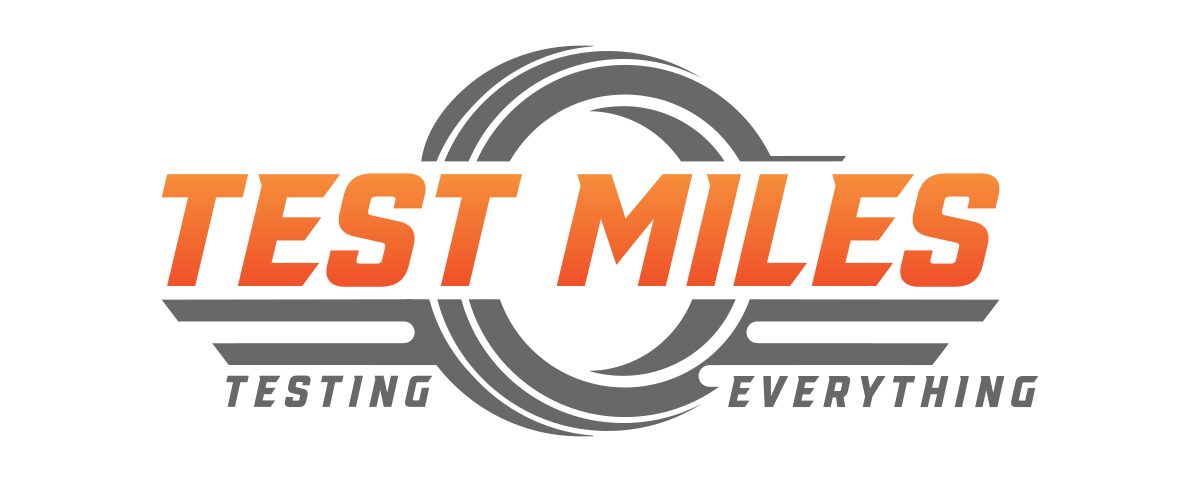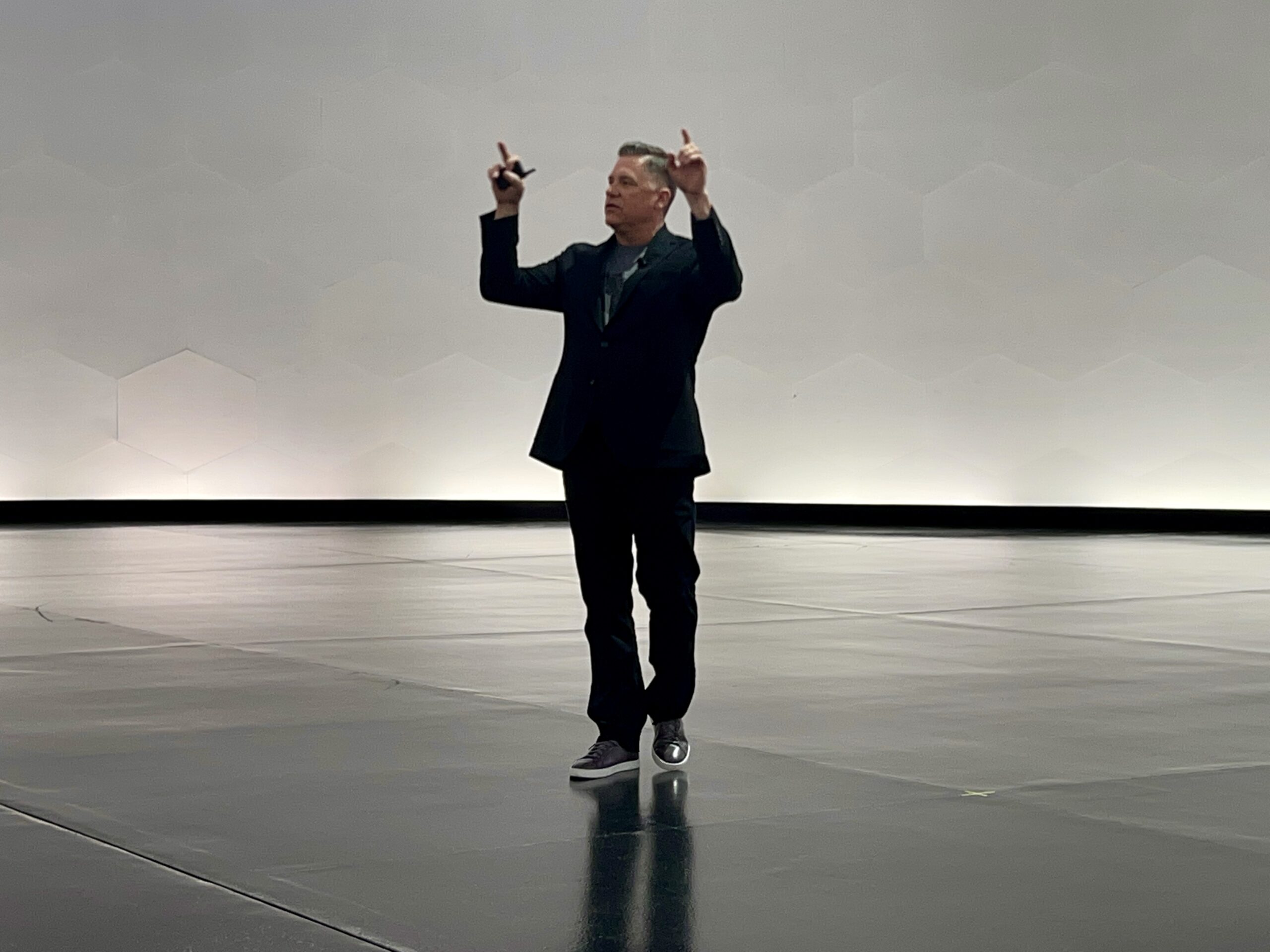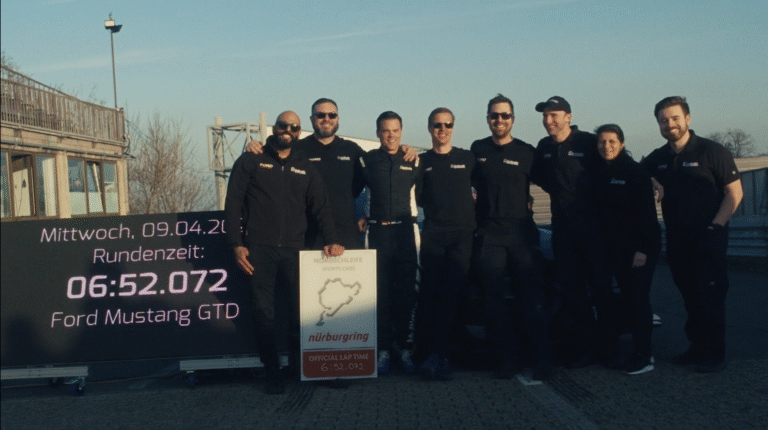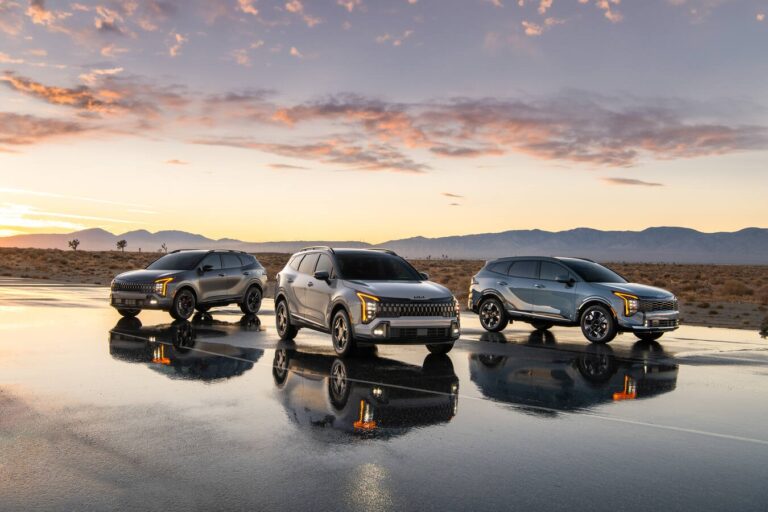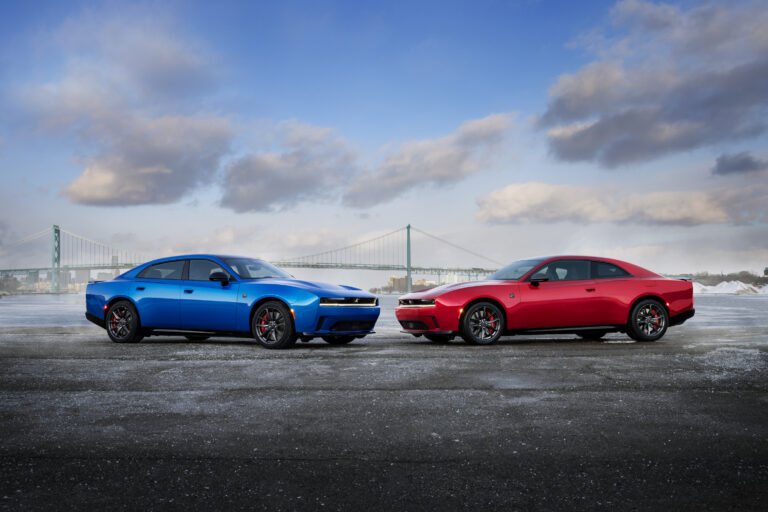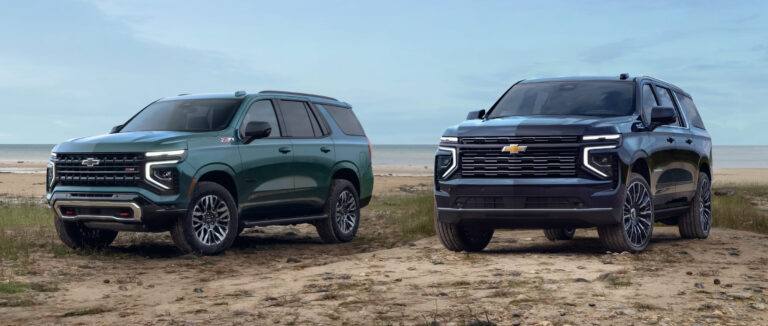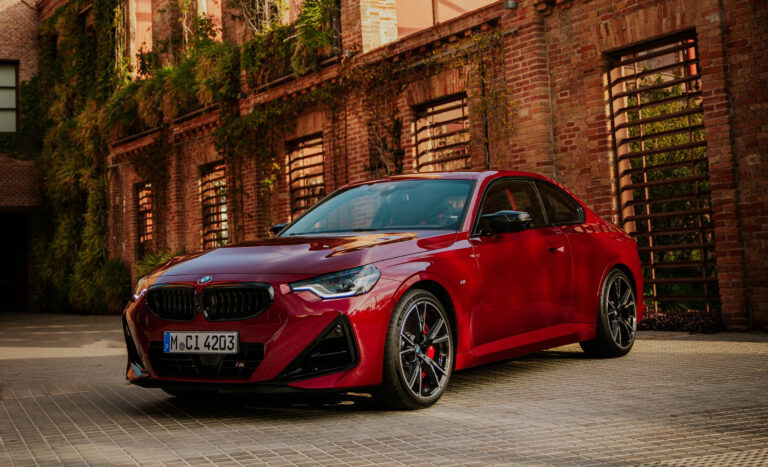Tim Kuniskis Brings SRT Roaring Back at Stellantis
Tim Kuniskis Stellantis appointment marks a bold return to American performance with the revival of SRT, overseeing Dodge, Chrysler, Jeep, and Ram strategies.
Stellantis reappoints Tim Kuniskis to lead North America’s American brands and relaunches the iconic SRT performance division. The message is clear: performance is back in style and American-made.

Why does this matter right now?
It’s not often that a corporate reshuffle grabs headlines in the car world, but this one should. Tim Kuniskis, the man behind Dodge’s Hellcat madness and the unapologetically brash Challenger lineup, is back with a broader mandate: reinvigorate Chrysler, Dodge, Jeep, and Ram under one mission performance. Stellantis is dusting off the SRT nameplate and putting real horsepower behind it. Literally. In an era where most automakers are cautiously whispering about “mobility solutions,” Kuniskis is revving up a return to high-octane muscle.
How does it compare to rivals?
While GM and Ford have spent the last five years wrestling over EV supremacy, Stellantis has played a slower game. But with Kuniskis now overseeing American brands and the marketing apparatus, don’t expect that restraint to last. Ford has the Mustang Dark Horse. GM has Corvette Z06. But Stellantis is betting on a broad-spectrum assault: supercharged Rams, track-tuned Chargers, dragstrip-ready Jeeps. And with SRT reactivated as a centralized engineering house, the company now has the architecture to go toe-to-toe with the best from Dearborn and Detroit. Think of this as a performance Cold War, and Kuniskis just pushed the big red button.

Who is this for and who should skip it?
If you’re the kind of driver who prefers a six-cylinder with a side of subtlety, you might want to look away. Kuniskis is reviving a breed of cars that bark before they bite: loud, unapologetic, often overpowered and always overdelivering on the fun factor. SRT’s comeback is built for muscle car purists, speed junkies, and buyers who think a little bravado is part of the purchase price. It’s also a signal to Gen Z gearheads that there’s still a pulse in American performance even if it’s increasingly electrified. But if your idea of excitement is how many cupholders your crossover has, this isn’t your movie.

What’s the long-term significance?
The return of SRT isn’t just a branding move. It’s a strategic recalibration. Stellantis has been trying to unify its disparate U.S. brands under a more cohesive identity while still giving each nameplate room to shine. By appointing Kuniskis as the ringleader of American brands and marketing, Stellantis has effectively handed him the keys to the U.S. arm of its empire. The new structure allows for shared engineering resources, faster development of performance trims, and marketing cohesion across the showroom floor. More importantly, SRT becomes a halo casting a glow not just on Dodge, but across Jeep, Ram, and Chrysler as well.

Expect future product launches that are bolder, faster, and more American in flavor. Ram is already eyeing a return to the NASCAR Truck Series in 2026. Jeep’s Trail Rated might soon include Track Rated. Chrysler, a brand long teetering on irrelevance, could get the most radical makeover of all if SRT injects it with real adrenaline. And while the company hasn’t abandoned electrification, it’s refreshing to see a carmaker talk about torque curves and throttle response with actual excitement. In a world of software updates and silent SUVs, Tim Kuniskis is rallying the last great muscle car rebellion. And frankly, it’s about time.
Like what you’ve read? Stay in the driver’s seat with more insider automotive insights. Follow @NikJMiles and @TestMiles for stories that go beyond the press release.
